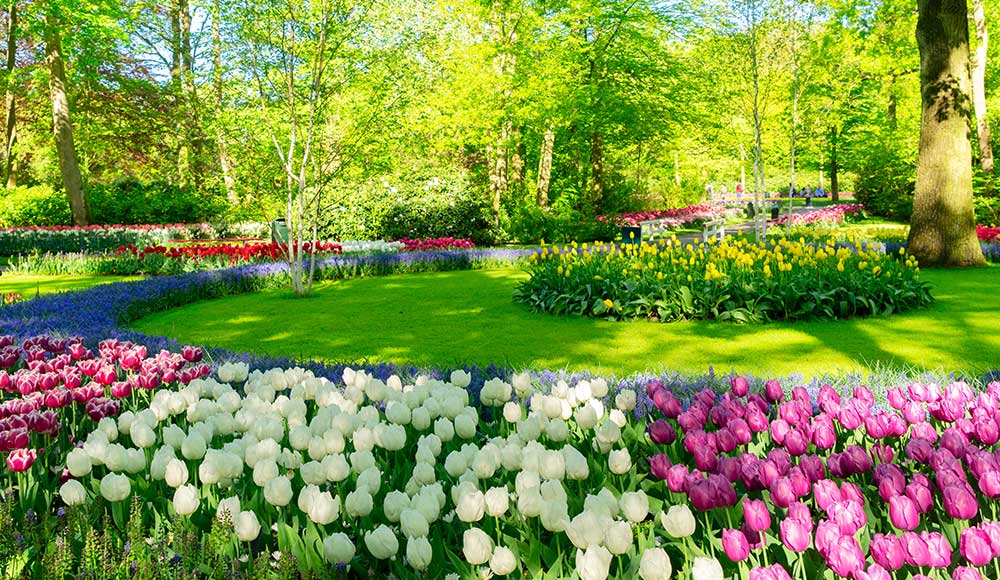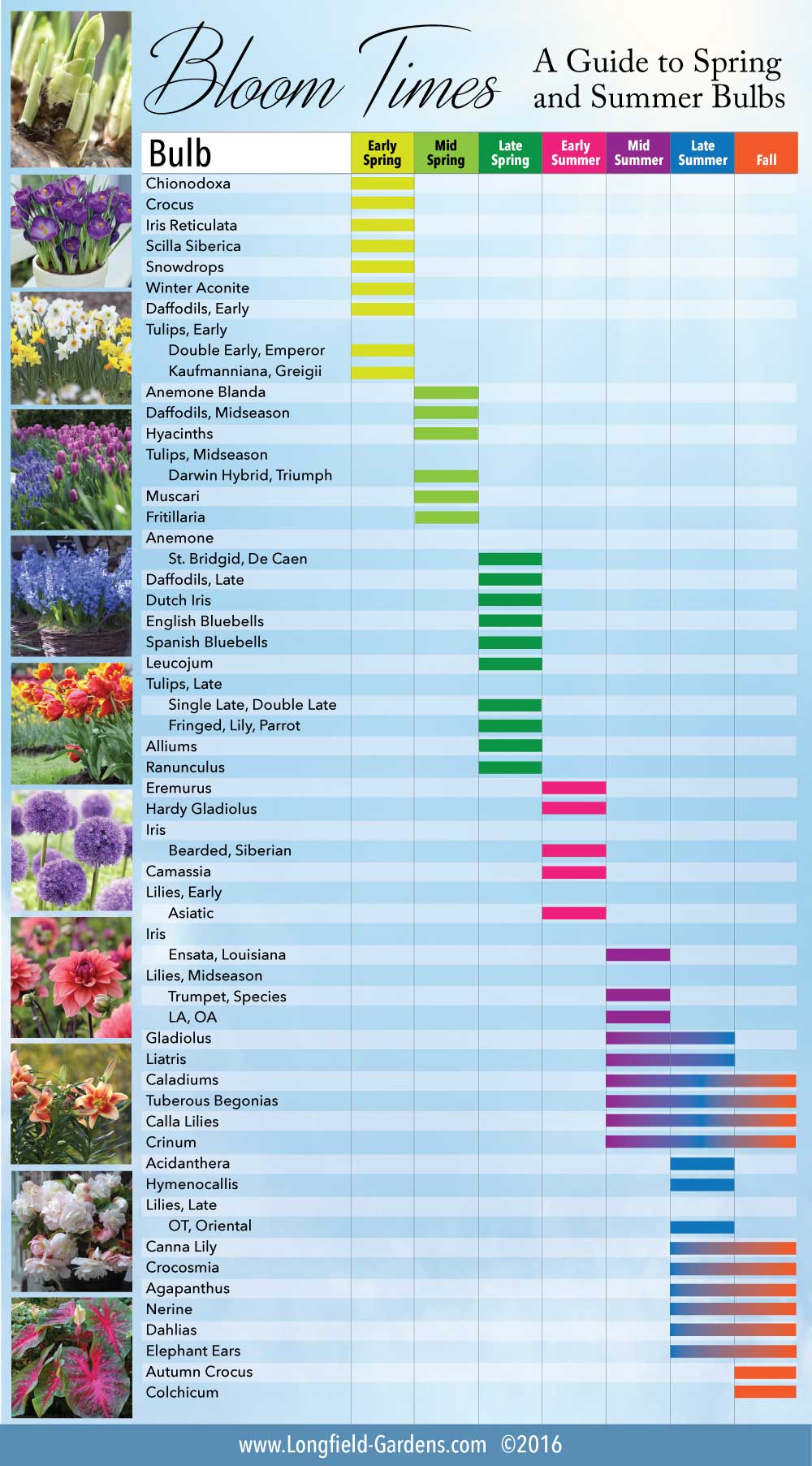Blooming Bliss: A Comprehensive Guide to Backyard Flowers

Transforming your backyard into a vibrant, fragrant oasis is an achievable dream, even for novice gardeners. The secret lies in choosing the right flowers, understanding their needs, and providing the care they deserve. This guide delves into the world of backyard flowers, covering everything from popular choices and planting tips to maintenance strategies and troubleshooting common issues. Prepare to be inspired and embark on a journey toward creating a stunning floral haven just outside your door.
Popular Backyard Flower Choices:
The world of flowers is vast and diverse, offering a kaleidoscope of colors, shapes, and scents. Selecting the right blooms for your backyard depends on factors like your climate, soil type, available sunlight, and personal preferences. Here are some popular and relatively easy-to-grow options:
Sunflowers (Helianthus annuus): These iconic flowers are a symbol of summer, bringing towering beauty and a cheerful disposition to any garden. They thrive in full sun and well-drained soil, attracting pollinators and adding a touch of rustic charm. Varieties range from the classic giant sunflowers to smaller, multi-headed options.
Marigolds (Tagetes spp.): Known for their bright orange and yellow hues, marigolds are incredibly versatile and low-maintenance. They deter pests, attract beneficial insects, and bloom profusely throughout the summer. They prefer full sun and well-drained soil, making them ideal for borders, containers, and vegetable gardens.
Zinnias (Zinnia elegans): Zinnias are a burst of color in any garden, offering a wide array of shades, sizes, and flower forms. They are easy to grow from seed and attract butterflies and hummingbirds. Zinnias thrive in full sun and well-drained soil, and regular deadheading encourages continuous blooming.
Cosmos (Cosmos bipinnatus): These delicate, daisy-like flowers bring a touch of whimsy to the backyard. They come in various colors, including pink, white, and purple, and are incredibly easy to grow from seed. Cosmos prefer full sun and well-drained soil and tolerate poor soil conditions.

Lavender (Lavandula spp.): With its soothing fragrance and beautiful purple blooms, lavender adds a touch of elegance and relaxation to any garden. It thrives in full sun and well-drained, slightly alkaline soil. Lavender is drought-tolerant and attracts bees and butterflies.

Coneflowers (Echinacea purpurea): These native wildflowers are known for their medicinal properties and their striking, daisy-like flowers with prominent central cones. They come in various colors, including purple, pink, white, and orange. Coneflowers are drought-tolerant, attract pollinators, and thrive in full sun and well-drained soil.
Roses (Rosa spp.): The queen of flowers, roses offer timeless beauty and a captivating fragrance. While they can be more demanding than other options, the rewards are well worth the effort. Choose disease-resistant varieties and provide them with plenty of sunlight, well-drained soil, and regular fertilization.
Hydrangeas (Hydrangea spp.): These show-stopping shrubs are known for their large, globe-shaped flower clusters. They come in various colors, including pink, blue, white, and purple, depending on the soil pH. Hydrangeas prefer partial shade and well-drained, slightly acidic soil.
Peonies (Paeonia spp.): These elegant flowers are a symbol of prosperity and good fortune. They boast large, fragrant blooms in various colors, including pink, red, white, and coral. Peonies prefer full sun and well-drained soil and can live for decades with proper care.
Daylilies (Hemerocallis spp.): These hardy perennials are known for their ease of care and their wide range of colors and flower forms. They thrive in full sun to partial shade and well-drained soil. Daylilies are relatively low-maintenance and bloom profusely throughout the summer.
Planting Tips for Success:
Once you’ve selected your flowers, proper planting is crucial for their success. Here are some essential tips:
- Choose the Right Location: Consider the sunlight requirements of each flower. Most flowers need at least six hours of sunlight per day, but some prefer partial shade.
- Prepare the Soil: Amend the soil with compost or other organic matter to improve drainage and fertility.
- Plant at the Right Time: The best time to plant flowers depends on your climate and the specific plant. Spring and fall are generally good times to plant.
- Space Plants Appropriately: Give each plant enough space to grow and thrive. Refer to the plant label for spacing recommendations.
- Water Thoroughly: Water plants deeply after planting to help them establish their roots.
- Mulch Around Plants: Apply a layer of mulch around plants to help retain moisture, suppress weeds, and regulate soil temperature.
Maintaining Your Backyard Flower Garden:
Regular maintenance is essential for keeping your flower garden healthy and vibrant. Here are some key practices:
- Watering: Water plants regularly, especially during dry spells. Water deeply and less frequently rather than shallowly and often.
- Fertilizing: Fertilize plants regularly with a balanced fertilizer to provide them with the nutrients they need to grow and bloom.
- Deadheading: Remove spent flowers to encourage continuous blooming.
- Weeding: Remove weeds regularly to prevent them from competing with your flowers for resources.
- Pruning: Prune plants as needed to maintain their shape and encourage healthy growth.
- Pest and Disease Control: Monitor plants for pests and diseases and take action as needed. Use organic pest control methods whenever possible.
Troubleshooting Common Issues:
Even with the best care, problems can arise in the flower garden. Here are some common issues and how to address them:
- Yellowing Leaves: Yellowing leaves can be caused by overwatering, underwatering, nutrient deficiencies, or pests.
- Wilting: Wilting can be caused by lack of water, excessive heat, or root rot.
- Powdery Mildew: Powdery mildew is a fungal disease that causes a white, powdery coating on leaves.
- Aphids: Aphids are small, sap-sucking insects that can damage plants.
- Slugs and Snails: Slugs and snails can damage leaves and flowers.
FAQ:
- What are the best flowers for beginners? Marigolds, zinnias, cosmos, and sunflowers are all easy to grow from seed and are a great choice for beginners.
- How often should I water my flowers? Water deeply and less frequently, allowing the soil to dry out slightly between waterings.
- What is deadheading? Deadheading is the process of removing spent flowers to encourage continuous blooming.
- How do I attract pollinators to my garden? Plant a variety of flowers that bloom at different times of the year. Provide a source of water, such as a birdbath. Avoid using pesticides.
- How do I prevent pests and diseases in my garden? Choose disease-resistant varieties. Provide good air circulation. Water plants properly. Monitor plants regularly for pests and diseases.
Conclusion:
Creating a beautiful and thriving backyard flower garden is a rewarding experience. By choosing the right flowers, providing proper care, and addressing any issues that arise, you can transform your outdoor space into a vibrant and fragrant oasis that you can enjoy for years to come. So, grab your gardening gloves, embrace the joy of planting, and let the blooming begin! The beauty of nature awaits, right in your own backyard.


